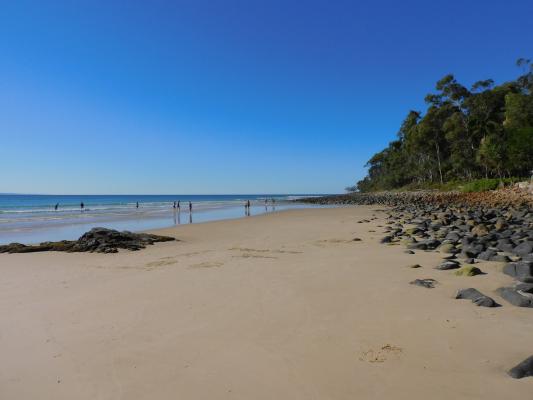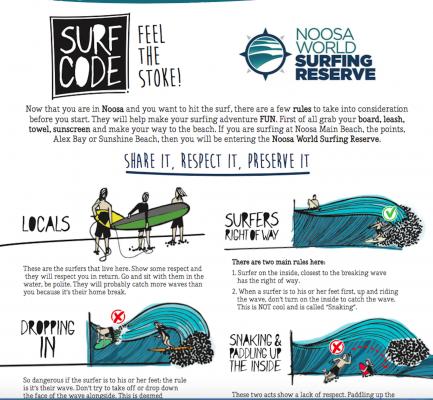Elsewhere in today’s paper you’ll see my article about the boom in surfboard sales over the Covid lockdown – a national and international phenomenon, not just in Noosa – and this is a great thing for the struggling surfboard artisans and the retail sector.
But it also puts a new focus on who’s buying all these boards, and if they’re new surfers, where will we put them? For surf tourism magnets like Noosa, this is not a new phenomenon, but it’s just increased in intensity three-fold in line with manufacturers reporting a 300 percent increase in surfboard and wetsuit sales.
You don’t have to take my word for it. Just go for a surf and look around you, especially now in school holidays. How many people in the line-up do you recognize? More importantly, how many of them are competent surfers, or at least look like they might have had a lesson in getting out of the way? Not many. As I write there’s a strong southerly pushing up the coast, blowing out the beachies and pushing what little swell there is past the points, but looking at the webcams from my desk I can see a lot of people flapping into what little waves remain. I wish them the best of holiday fun, but I also kind of hope that they’re a little pooped by the time the next round of swell rolls around.
The word from the surf shops is that the biggest surfboard sales over the past three months have been softs of all sizes, and the vast majority of them sold for the use of kids and middle-aged mums, as families make good use of this enforced leisure time. I think that’s fantastic. As a baby boomer, I never had the opportunity of surfing with my parents (unthinkable in the 1960s) but I’ve been able to make up for that to some degree by surfing with my kids and grandkids.
Apart from the deleterious effects on a crook old back, there’s nothing better than pushing a grandkid into a little peeler and watching him find his feet and streak towards the green water in a survival stance, then claim it for all he (or she) is worth. I know many of you reading this have shared the moment. But the equal and opposite moment is watching a parent push a child into the course of someone who’s been riding the wave from the top of the point and is advancing down the line at speed.
It’s crazy and it’s dangerous but we see it all the time. Often it’s done unknowingly or unwittingly by parents who are learners themselves, but sometimes it’s a clear signal to the rider on the wave that my kid is more important than your wave. That’s a proposition that no doubt could be argued over a lager or three, but the surfers who look first then push anyway are frequently the same surfers who would bellow the loudest at anyone thinking about dropping in on them at Tea Tree or the Pot.
At the Noosa World Surfing Reserve we’ve been pushing the Surf Code for some time now, for reasons of both etiquette and safety in congested conditions, particularly during swell events. And now, coming out of our own Covid-19 hiatus, the stewardship committee is looking at a range of new ways to reinforce the message, not just to “baby-throwers” but to learners of all ages and to experienced surfers who also need to remember that sharing is caring.
Sands of time
We all know that sand movements are cyclical, that the bars and banks move with the natural phenomena of currents, wind and swell, sometimes helped along by man-made sand dumps, refills and pumping. But has anyone ever seen so much sand in the bays of Noosa? At low tide you can walk along the sand from First Point to Gum Trees at National Park without getting your feet wet.
Veteran photojournalist Stuart Scott has been watching the waves here for longer than most, and some of the comparative photos he’s been posting on Facebook are extraordinary. In the main, it’s been good for the surf, although I’m currently still sporting grazes and sand burns from failing on numerous occasions to outrun that shallow little freight train running through the bottom of Johnston’s. And First Point, while parts of it are back to its best, is breaking as wide into the bay as I’ve seen it since 2010.
It’s not just Noosa, of course. When I was on Fraser Island a couple of weeks ago, I was stunned to find the track into South Waddy blocked by a 10-metre sand dune that wasn’t there six months ago. And while I haven’t been across the border since all this started, my spy in Byron, Mark “Mono” Stewart, reports more sand than he’s seen in half a century at The Pass and Broken Head.









